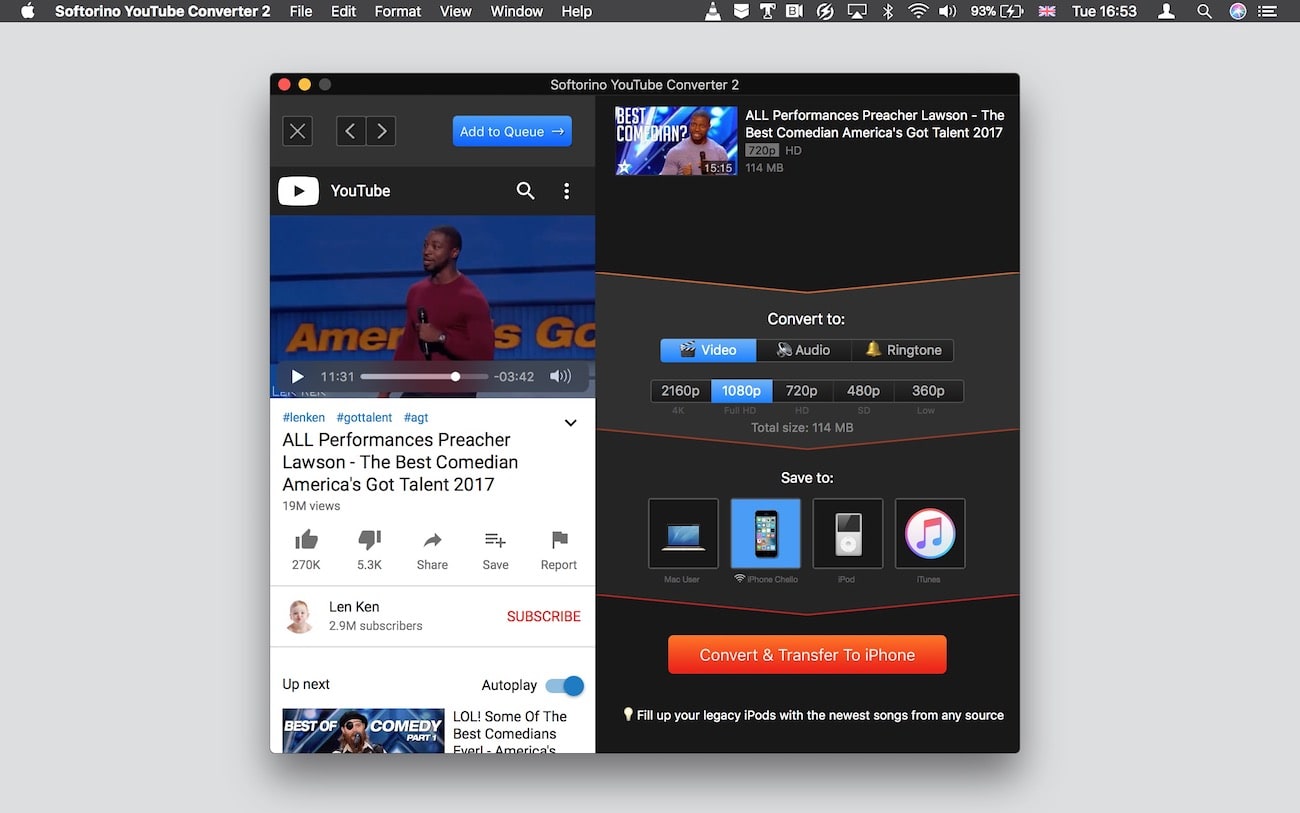


Netflix, which is not officially available in Australia, is often presented as the future of television, while catch-up services provide an example of the current roadband-based television paradigm in this country. This article interrogates the approach to accessibility taken by two case studies of broadband-based television: Netflix and catch-up TV. Government, industry and technical analysts describe digital television, particularly that delivered via broadband, as potentially enabling to people with vision and hearing impairments through the more widespread provision of accessibility features such as audio description and closed captions.

Whereas entertainment has featured negatively in the broader NBN debate currently occurring in Australia, within the disability sector it has been recognised as revolutionary.


 0 kommentar(er)
0 kommentar(er)
